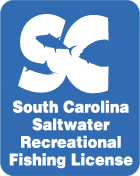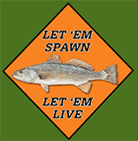Development of Southern Flounder Stock Enhancement Program
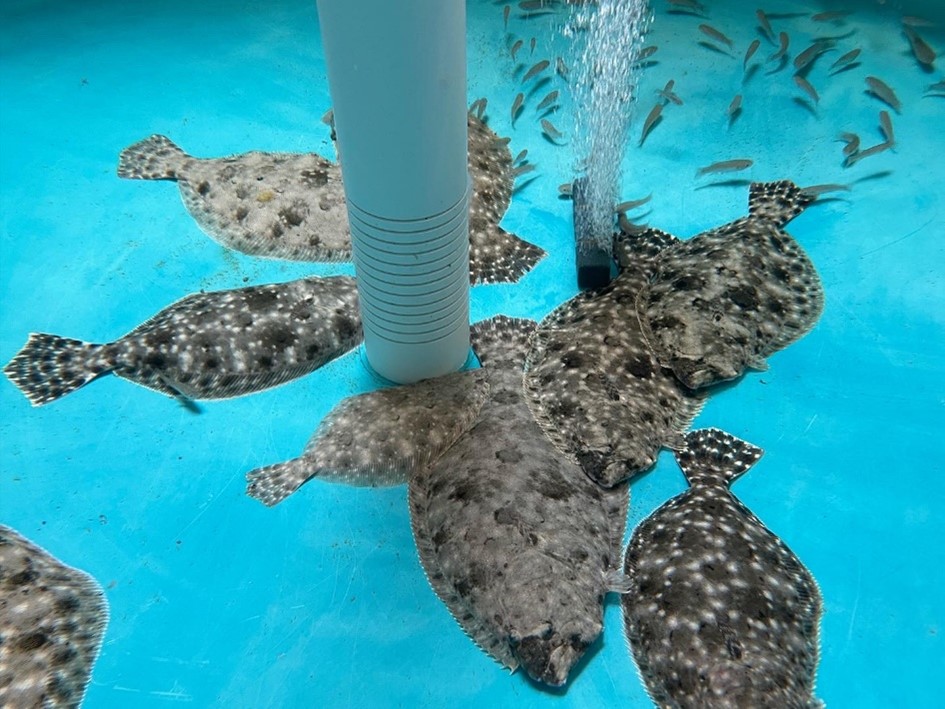
Beginning in July of 2021, the Estuarine Finfish Research (EFR) section began working on the development of a Southern Flounder stock enhancement program. This has involved a significant effort from all three EFR research groups, Mariculture, Inshore Fisheries, and Population Genetics as well as collaborations with Texas Parks and Wildlife, The University of Texas at Austin, North Carolina State University, and Alabama Department of Conservation and Natural Resources. Multiple questions and additional data are required to add to the current knowledge base of flounder within our state and region prior to being able to responsibly stock juveniles into our estuaries. This effort involved collecting additional genetic samples from local and regional partners to improve our understanding of the regional population structure as well as analyzing years’ worth of fisheries independent survey data to determine if additional flounder specific surveys would be required in order to properly understand potential changes in abundance of various life stages. This analysis revealed that our surveys are robust enough for flounder in the current survey locations but has also led in part to a decision to begin expanding our fisheries independent surveys to additional northern estuaries to increase our coverage for flounder (and all estuarine species encountered). Our population genetics team has been developing DNA microsatellite markers for parentage analysis, similar to the tools used in other stocked species in our state that allow us to determine wild fish from hatchery reared fish and evaluate contribution of stocked fish to different life stages of the wild population. Finally, our mariculture team has been retrofitting multiple systems at both the Marine Resources Research Institute in Charleston as well as the Waddell Mariculture Center in Bluffton. Since flounder are flatfish that reside on the bottom for the majority of their life, they have significantly different life support, feeding, husbandry and tank requirements during all of their life stages as compared to the water column residing species that have previously been worked with for stock enhancement. This has led to significant changes and additions to the infrastructure and protocols for the Mariculture team. Flounder present many significantly different challenges when compared to the other species SCDNR has worked with in the stock enhancement program over the last four decades, however they also present many exciting research opportunities for the EFR section.
Red Drum Stocking
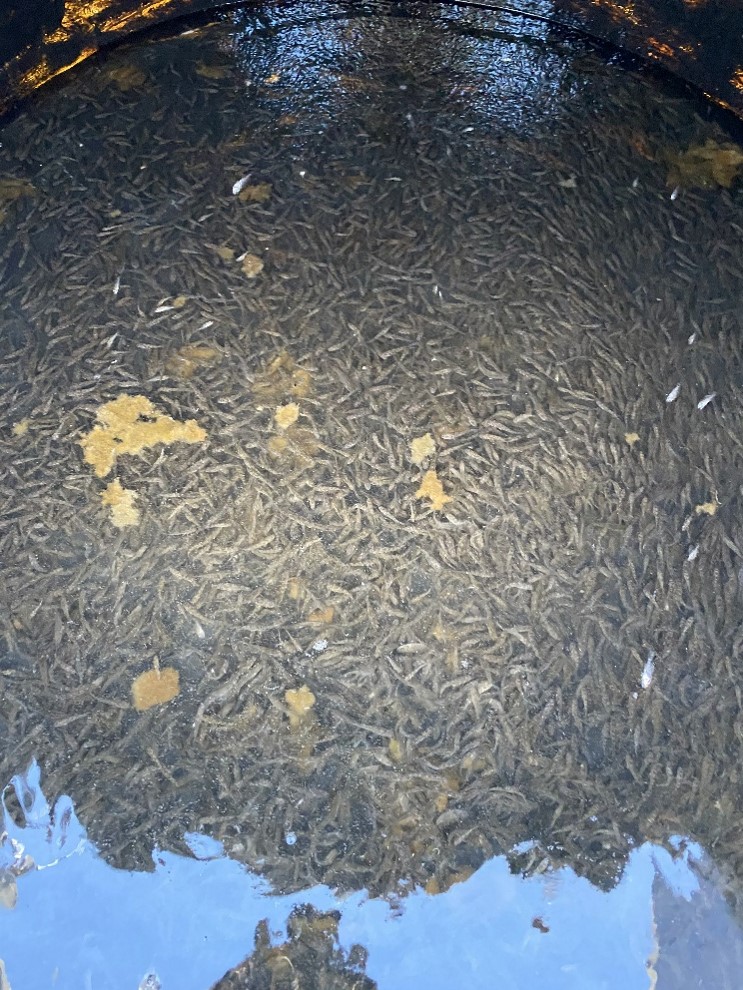
The stock enhancement program has continued to focus on red drum stocking and learning more about this species’ utilization of estuarine zones. From August through November every year, the mariculture section has produced and released ~1,000,000 red drum juveniles into multiple estuaries throughout the state. Every 3-5 years a new series of life history or estuarine dependency questions are evaluated, and stocking estuaries are rotated. Recently, the program has been evaluating optimal estuarine salinity for the release of juveniles. To conduct these experiments unique, identifiable genetic families are raised and released in different salinity zones of multiple estuaries. This way when the fish are ~1 year old and are sampled by our inshore fisheries fishery independent surveys, with non-lethal fin clips being collected and sent to our population genetics group, we can determine if fish released in different regions of the estuaries have higher or lower contributions to the overall catch based on where they were released. Of course, many variables play a role in the success or failure of both wild and cultured juveniles so experimental designs are repeated multiple years in the same estuaries to be able to answer these questions with confidence. Natural phenomena such as the 1,000-year flood due to hurricane Joaquin in 2015, significant flooding in 2016 hurricane Mathew, and flooding from 2018’s hurricane Florence also all influence estuarine dynamics and the survival and success of all animals. While these tropical events were in the fall each year, in the middle of our red drum stocking season, and resulted in disrupting the planned research, they did provide us with the unique opportunity to evaluate the effects of these major events on fish within multiple estuaries. In each of these years, cultured fish were stocked both before and after the tropical event, allowing us to evaluate contribution the following year from those two groups. In all three years, the fish released after the tropical events had significantly higher contributions than the fish released before the events. This gives us insight into what may be occurring with wild species as well and current red drum stocking research is focused on the extent to which this later stocking success may be because of the tropical events or if fish stocked later in the season perform better than those stocked earlier regardless of the level of tropical activity.
Cobia Stocking and Regional Movement
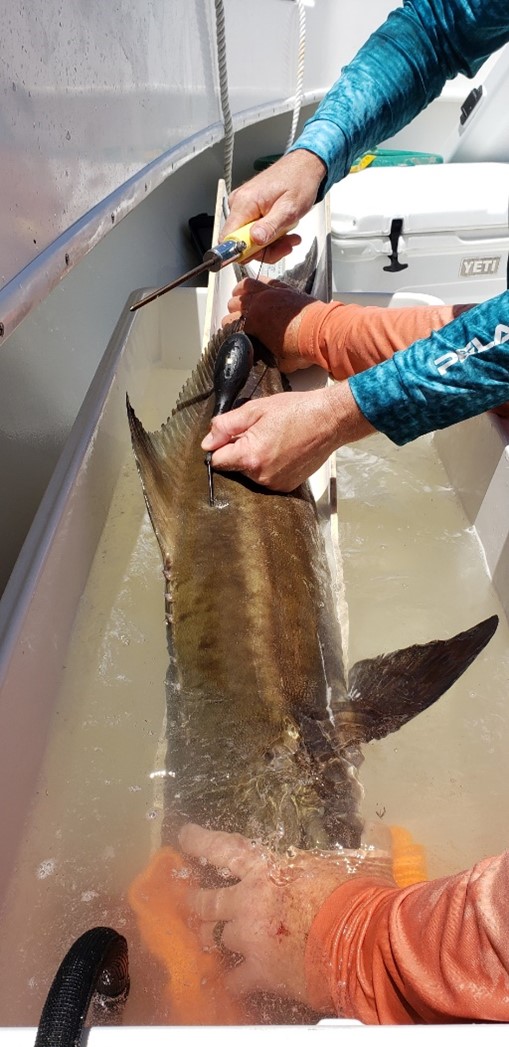
Cobia has remained a high priority species for the stock enhancement program. Multiple families of broodstock have been maintained within the mariculture section with collection and rotation of broodstock occurring annually in an around May when the Port Royal Sound distinct population segment comes inshore for spawning. From 2020-2023 releases ranged from ~12,000-~34,000 juveniles to assist in rebuilding the local population. In addition to the stock enhancement efforts with this species, due to the closure of the capture fishery in inshore waters during the spawning season, our mariculture and population genetics groups have been evaluating methods to determine if fishing regulation changes and stocking are having a noticeable effect on relative abundance. Since cobia are not captured in any fishery dependent or fishery independent surveys in significant numbers, much of the previous data and biological samples were collected from fishing tournaments and cooperating anglers. When regulations were changed for this species, most of the fishing in inshore waters halted and the availability of data and samples was even less than in previous years. To determine in regulation changes and the stocking program were in fact assisting the cobia population, SCDNR has evaluated multiple additional survey techniques for relative abundance including side-scan sonar and environmental DNA (eDNA). Currently, the population genetics group is utilizing eDNA samples collected during the primary spawning season for cobia to evaluate the times of year cobia are detected and the relative abundance of DNA collected in hopes of developing a method for determining if/when cobia are showing up earlier than in the past, staying longer than in the past, or if there is an increasing amount of DNA collections over time in order to better understand what is going on with this unique cobia population. The mariculture section has also been involved in multiple tagging studies, both acoustic and satellite based, to better understand where cobia from both the unique Port Royal Sound population as well as the offshore population travel during winters and when they are not in the inshore or offshore environments of South Carolina. These studies are conducted with the hopes of increasing population structure and dynamics models for future stock assessments.

